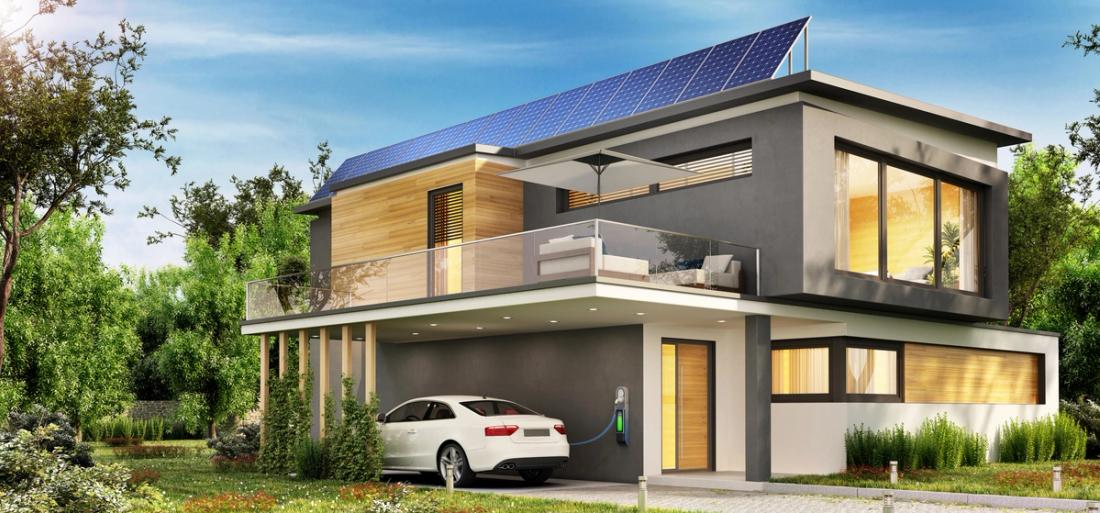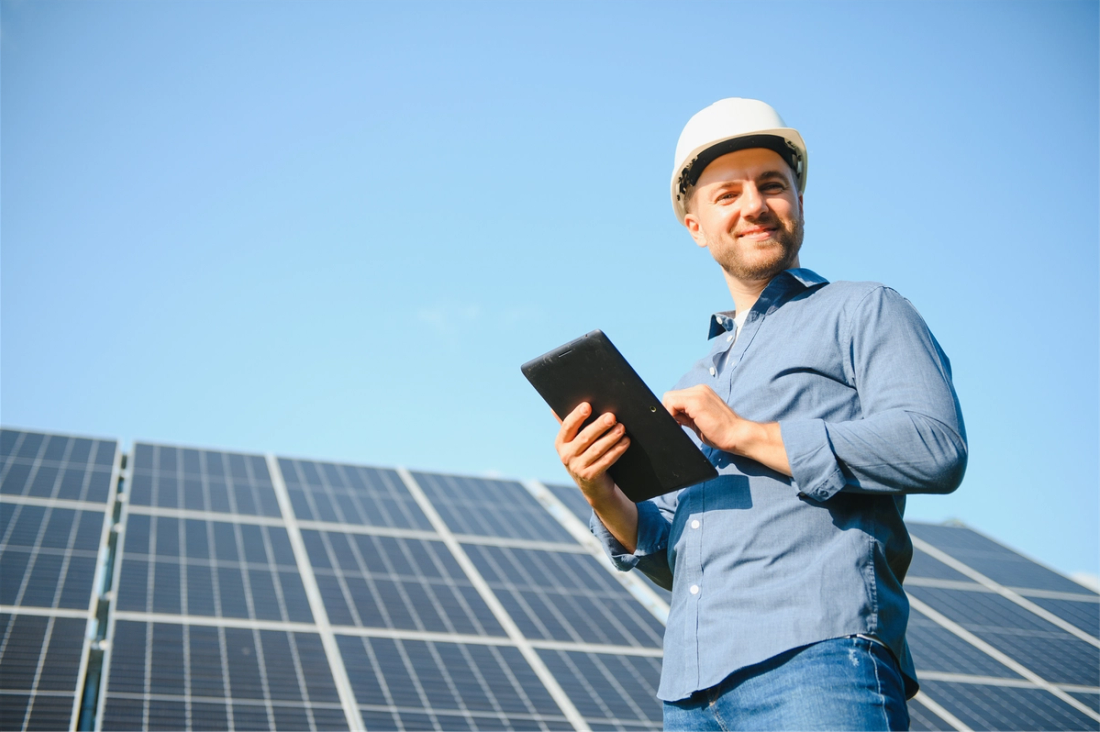Introduction
The UK government’s Future Homes Standard represents a transformative step toward reducing carbon emissions from new homes. Scheduled for full implementation in 2025, it sets ambitious requirements for energy efficiency, low-carbon heating systems, and sustainable building practices. For builders, developers, installers, and homeowners, understanding the Future Homes Standard is crucial for compliance, planning, and optimising energy performance. This article explains the key features, benefits, practical applications, challenges, and the role of technologies such as heat pumps, solar PV, and energy-storage systems in meeting the standard.
What is the Future Homes Standard?
The Future Homes Standard is a set of building regulations designed to ensure that new homes built in England meet high environmental and energy-efficiency standards. Its main objectives are:
- Eliminate high-carbon fossil-fuel heating: New homes will largely use low-carbon alternatives like heat pumps, solar thermal, or hydrogen-ready systems.
- Improve energy efficiency: Through enhanced insulation, airtightness, high-performance windows, and smart ventilation.
- Reduce emissions: New homes should produce approximately 75–80% less carbon emissions compared to homes built under current 2013 regulations.
- Prepare homes for renewable integration: Homes should be ready for rooftop solar, battery storage, and smart energy systems.
Compliance with the Future Homes Standard ensures that new housing stock contributes to the UK’s net-zero 2050 target while offering long-term energy savings to homeowners.
Key Requirements for New Homes in 2025
Low-Carbon Heating
- Heat pumps: Air-source or ground-source heat pumps will be a primary heating solution for most new builds.
- Hydrogen-ready boilers: In some regions, homes may use hydrogen-compatible gas boilers for transition purposes.
- Smart controls: Heating systems must include smart thermostats and zoning to maximise efficiency.
Energy Efficiency Standards
- Fabric-first approach: Enhanced wall, roof, and floor insulation.
- High-performance windows: Triple-glazing with low U-values.
- Airtightness: Reduced air leakage to minimise heat loss.
Renewable Energy Integration
- Solar PV readiness: Homes should be able to incorporate rooftop solar systems efficiently.
- Battery storage: Integration of energy storage for self-consumption and grid management.
- Smart metering: For energy monitoring, load management, and efficient use of renewable energy.
Other Requirements
- Water efficiency: Efficient taps, showers, and appliances.
- Ventilation: MVHR (mechanical ventilation with heat recovery) systems to maintain air quality.
- Compliance reporting: Builders must provide evidence of energy performance and adherence to regulations.
Benefits of the Future Homes Standard
- Lower energy bills: Highly efficient homes reduce heating and electricity costs for residents.
- Reduced carbon footprint: New builds contribute significantly to the UK’s net-zero goals.
- Future-proof homes: Designed to accommodate emerging technologies like EV chargers, solar PV, and smart-home systems.
- Increased property value: Energy-efficient, low-carbon homes are more attractive to buyers and investors.
- Healthier indoor environments: Improved ventilation and insulation improve thermal comfort and air quality.
For installers and renewable-energy professionals, the standard creates a growing market for heat pumps, solar systems, smart meters, and energy management platforms such as Reonic.
Challenges and Considerations for Builders and Installers
Cost and Investment
Upfront construction costs may be higher due to better insulation, low-carbon heating systems, and renewable integration. However, lifecycle cost savings from reduced energy bills and maintenance often offset initial expenses.
Skills and Training
Builders and installers need specialised skills for heat pump installation, MVHR systems, solar PV, and energy-efficient construction techniques. Training and certification programmes (e.g., MCS, NABERS) are critical.
Design and Planning Complexity
New homes must balance airtightness, ventilation, renewable integration, and energy efficiency. Early planning with energy-modelling software and compliance checks ensures successful delivery.
Regulatory Compliance
Builders must adhere to updated Building Regulations Part L (conservation of fuel and power) and Part F (ventilation). Documentation and evidence for compliance must be maintained.
Technologies Enabling the Future Homes Standard
| Technology | Role in Compliance | Benefits |
| Heat Pumps | Primary low-carbon heating system | Reduce emissions, integrate with renewables, cost-efficient operation |
| Solar PV | Onsite electricity generation | Supports net-zero, reduces grid reliance, enhances self-consumption |
| Battery Storage | Store excess renewable energy | Enables load shifting, grid optimisation, resilience during peak demand |
| Smart Meters & Controls | Monitor consumption and control systems | Optimises energy usage, provides actionable insights, integrates with platforms like Reonic |
| High-Performance Building Fabric | Insulation, windows, airtightness | Minimises heat loss, improves comfort, reduces energy demand |
| MVHR Systems | Mechanical ventilation with heat recovery | Ensures air quality without losing energy, essential for airtight homes |
Integration of these technologies ensures compliance while delivering real-world benefits to homeowners and enhancing installers’ business opportunities.
Preparing for the Future: Best Practices for Installers and Builders
- Early integration planning: Consider heat pump location, renewable energy placement, and smart-home compatibility during design.
- Training and certification: Ensure installers are trained in MCS-certified heat pump installation and renewable system integration.
- Use energy-modelling software: Tools like Reonic allow simulation of building performance, renewable generation, and heating efficiency before construction.
- Client education: Inform homeowners about low-carbon systems, potential savings, and maintenance requirements.
- Continuous monitoring and optimisation: Post-installation monitoring via smart meters or platforms ensures systems operate efficiently and identifies issues early.
By adopting these best practices, builders and installers can deliver compliant, efficient, and market-leading homes under the Future Homes Standard.
Conclusion
The Future Homes Standard is a pivotal policy driving the UK towards low-carbon, energy-efficient homes by 2025. Builders, developers, and renewable-energy installers must embrace heat pumps, advanced insulation, smart controls, and renewable energy integration to meet compliance requirements and deliver long-term value. By combining these technologies with monitoring platforms such as Reonic, professionals can optimise energy performance, streamline operations, and enhance customer satisfaction. Preparing for the Future Homes Standard today ensures homes are energy-efficient, future-proof, and aligned with the UK’s net-zero targets.
FAQ
Q1: When will the Future Homes Standard come into effect?
The standard is scheduled for full implementation in 2025 for new homes in England.
Q2: What heating systems are required under the Future Homes Standard?
Low-carbon systems such as air-source or ground-source heat pumps are the primary requirement, with hydrogen-ready boilers in some areas.
Q3: Do homes need to integrate renewable energy systems?
Yes, new homes must be solar-PV ready, and integration with battery storage is encouraged to optimise energy use.
Q4: How does the standard impact energy bills?
Highly energy-efficient homes reduce heating and electricity costs significantly compared to homes built under previous regulations.
Q5: What certifications are required for installers?
Installers must hold relevant certifications such as MCS (Microgeneration Certification Scheme) for heat pumps, solar PV, and renewable installations.
Q6: How does smart technology fit into the Future Homes Standard?
Smart meters, thermostats, and building automation systems are essential to optimise energy use, monitor performance, and integrate renewable energy systems.
Q7: What are the main challenges for builders and developers?
Challenges include higher upfront costs, training needs for low-carbon technology, design complexity, and ensuring regulatory compliance.
Q8: How can platforms like Reonic help?
Reonic can simulate building performance, integrate renewable energy and heating systems, and provide monitoring and operational workflows to ensure efficiency and compliance.







